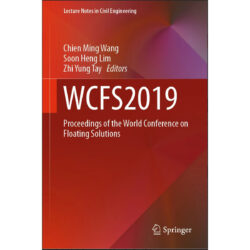Design guidelines for upgrading living conditions in wetslums
Written by: Koen Olthuis, Pierre-Baptiste Tartas and Chris Zevenbergen.
WCFS 2019, Proceedings of the World Conference on Floating Solutions, 22-23 April 2019.
Publication: Springer, Singapore, 2020.
Abstract
The megalopolis of Dhaka, Bangladesh faces, in a larger scale, common issues with the rest of Asian ones and more particularly South Asian ones: a massive population growth leading to urban sprawl on flood-prone areas—more precisely on areas located along the shores or on a water body—mainly in form of slums; named wetslum in this article. However, even if this condition is expected to increase in the next decades, these wetslums have poor living conditions and lack access to basic services. Thus, the purpose of this paper is to propose an approach and guidelines to favor small scale project able to improve wetslum dwellers’ living conditions. To do so, the specific issues of these areas which are a shortage of available space, a lack of services due to investment risks and the insecurity of land tenure, are identified along with the position of the different stakeholders involved in these areas. Then, guidelines are set up to bypass these difficulties. Consequently, the findings are used to establish eight constraint requirements that have to be addressed by a wetslum upgrading project proposition: geographic location in wetslum, flood proof ability, flexibility, transportability, standardization, affordability, safety and legality. These guidelines will then be used in a near future to develop a small scale proposition named City App.
Keywords: Wetslum, Dhaka, Services provision, Improving living conditions, Flooding
